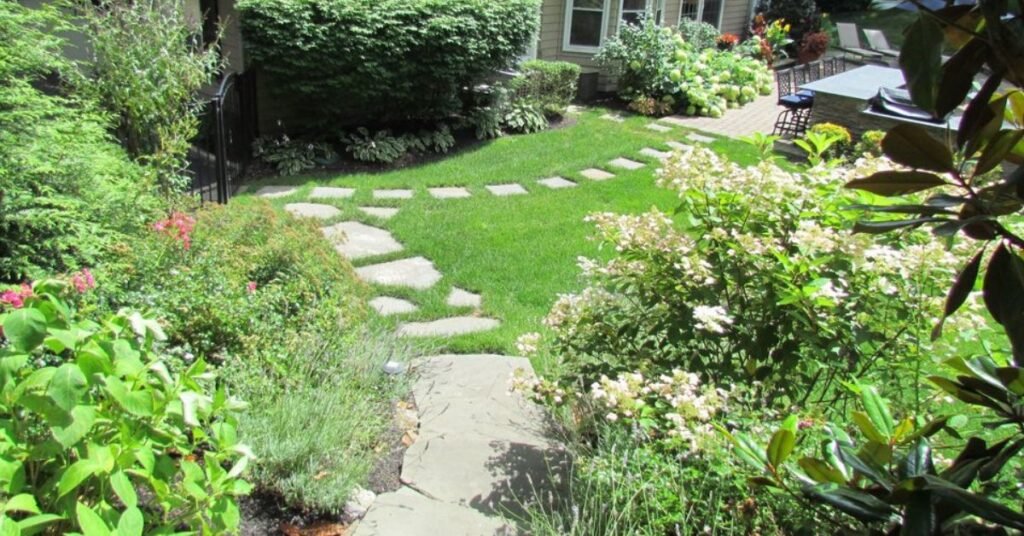If you have a passion for the outdoors, a keen eye for design, and a desire to create beautiful and functional spaces, a career in landscape architecture might be the perfect fit for you. Landscape architects play a crucial role in shaping our environments, blending artistry with environmental sustainability to create spaces that are not only aesthetically pleasing but also functional and harmonious with nature. Let’s take a look at what do landscape architects do.
What is Landscape Architecture?
Landscape architecture is a profession that combines art, science, and technology to design outdoor spaces that enhance the quality of life. It involves the planning, design, and management of outdoor areas such as parks, gardens, campuses, residential developments, and public spaces. Landscape architects work on projects ranging from urban parks and streetscapes to ecological restoration and large-scale infrastructure projects.
What Do Landscape Architects Do?
Landscape architects are professionals who design outdoor spaces that are not only visually appealing but also functional, sustainable, and in harmony with their natural surroundings. Their work encompasses a diverse range of responsibilities, including:
Site Analysis and Planning
Landscape architects begin by thoroughly analyzing the site where they will be working. This involves studying the terrain, soil conditions, climate, and existing vegetation. By understanding these factors, they can develop designs that are both practical and environmentally sustainable.
Design Development
Using their creative skills and technical knowledge, landscape architects develop conceptual designs that outline the overall vision for a project. These designs take into account client preferences, project goals, and budget constraints while also ensuring that the space is aesthetically pleasing and functional.
Plant Selection and Layout
One of the key aspects of a landscape architect’s job is selecting appropriate plants and arranging them in a way that enhances the overall design. This includes choosing plants that thrive in the local climate and soil conditions, as well as considering factors such as color, texture, and seasonal interest.
Environmental Sustainability
Sustainability is a core principle of landscape architecture. Landscape architects strive to create designs that minimize environmental impact, conserve natural resources, and promote biodiversity. They may incorporate techniques such as rainwater harvesting, native plantings, and permeable paving to achieve these goals.
Project Management
Throughout the implementation phase, landscape architects oversee the construction of their designs to ensure that the vision is realized. This involves working closely with contractors, coordinating logistics, and addressing any challenges that arise during construction.
Client Collaboration
Landscape architects work closely with clients to understand their needs and preferences. They present design concepts, solicit feedback, and make adjustments to ensure that the final product meets the client’s expectations.
Regulatory Compliance
Landscape architects must navigate various regulations and zoning requirements when designing outdoor spaces. They ensure that their designs comply with local building codes, environmental regulations, and accessibility standards.
Maintenance Planning
Beyond the initial design and construction phases, landscape architects often develop maintenance plans to ensure that outdoor spaces remain healthy and vibrant over time. This may involve recommending ongoing care practices, such as pruning, fertilization, and irrigation.
Read More: How To Do Landscape Edging?
Conclusion
Landscape architects play a vital role in shaping the world around us, creating spaces that inspire, heal, and connect people with nature. If you are passionate about design, environment, and making a positive impact on communities, a career in landscape architecture offers endless opportunities for creativity and innovation.



